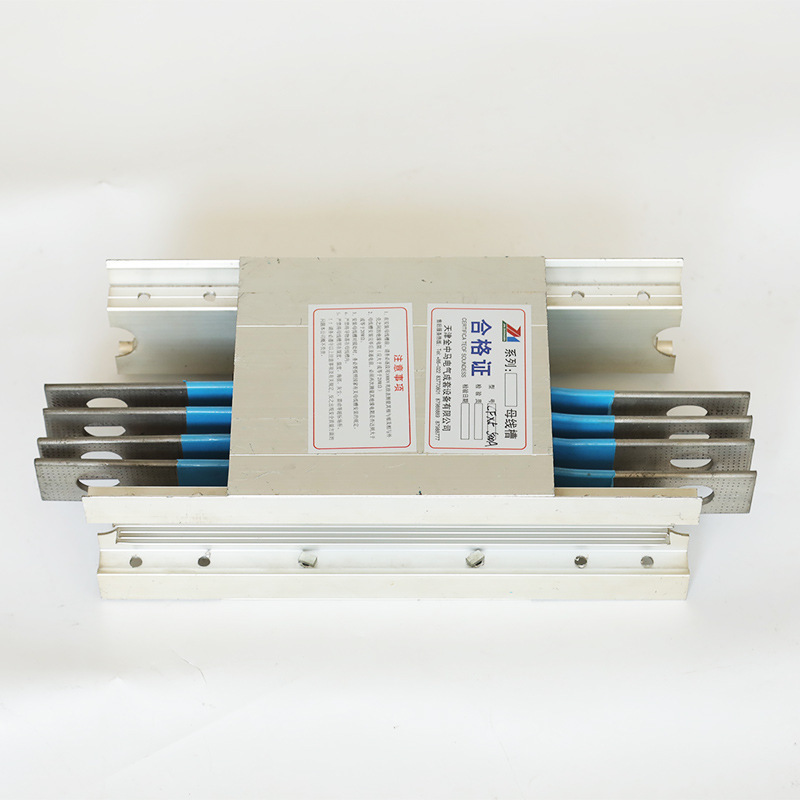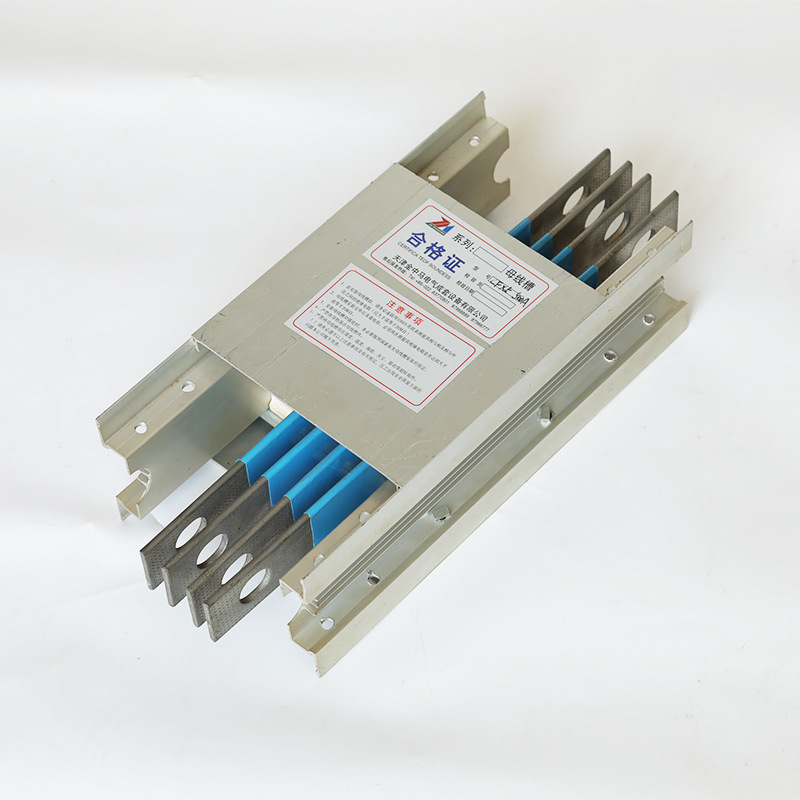Key points for selecting cable trays
When used in corrosive environments, cable trays and their supports and hangers should be made of corrosion-resistant hard materials or should undergo anti-corrosion treatment.
When used in corrosive environments,Cable traythe cable trays and their supports and hangers should be made of corrosion-resistant hard materials, or should undergo anti-corrosion treatment. The anti-corrosion treatment methods should meet the engineering environment and durability requirements.
For cable trays with fire protection requirements, fire-resistant or non-combustible boards, nets, and other materials can be added in the cable ladders and trays to form closed or semi-closed structures, and fireproof coatings should be applied to the surfaces of bridges and supports, with overall fire resistance meeting relevant regulations or standards.

Aluminum cable trays should not be used in areas with high fire protection requirements for the project.
Cable trayandtraythe selection of width and height should meet the filling rate requirements. The filling rate for cable trays and trays is generally 40% to 50% for power cables and 50% to 70% for control cables, and a profit margin of 10% to 25% should be reserved for engineering development.
When selecting the load level of the cable tray, the working uniform load of the cable tray should not exceed the rated uniform load of the selected cable tray load level. If the actual span of the supports and hangers of the wiring rack is not equal to 2m, the uniform working load should meet the requirements.The selection of distribution boxes and distribution cabinetsshould also be noted.

Under the condition that various components, supports, and hangers meet the corresponding load conditions, their specifications and dimensions should match the cross-section and elbow series of the trays and ladders.
When selecting bending or vertical guiding devices for cable trays, their dimensions should not be less than the minimum bending radius allowed for cables in the cable tray.
For steel cable trays with spans greater than 6m and aluminum alloy cable trays with spans greater than 2m or load requirements exceeding Class D loads, strength, stiffness, and stability should be calculated or tested and verified according to engineering requirements.
When several groups of cable trays are placed parallel at the same height, the maintenance and inspection distance between adjacent cable trays should be considered.Low voltage distribution boxesshould also be considered.
Related

